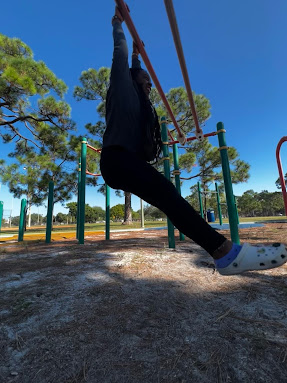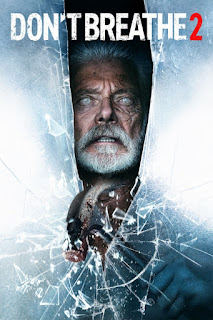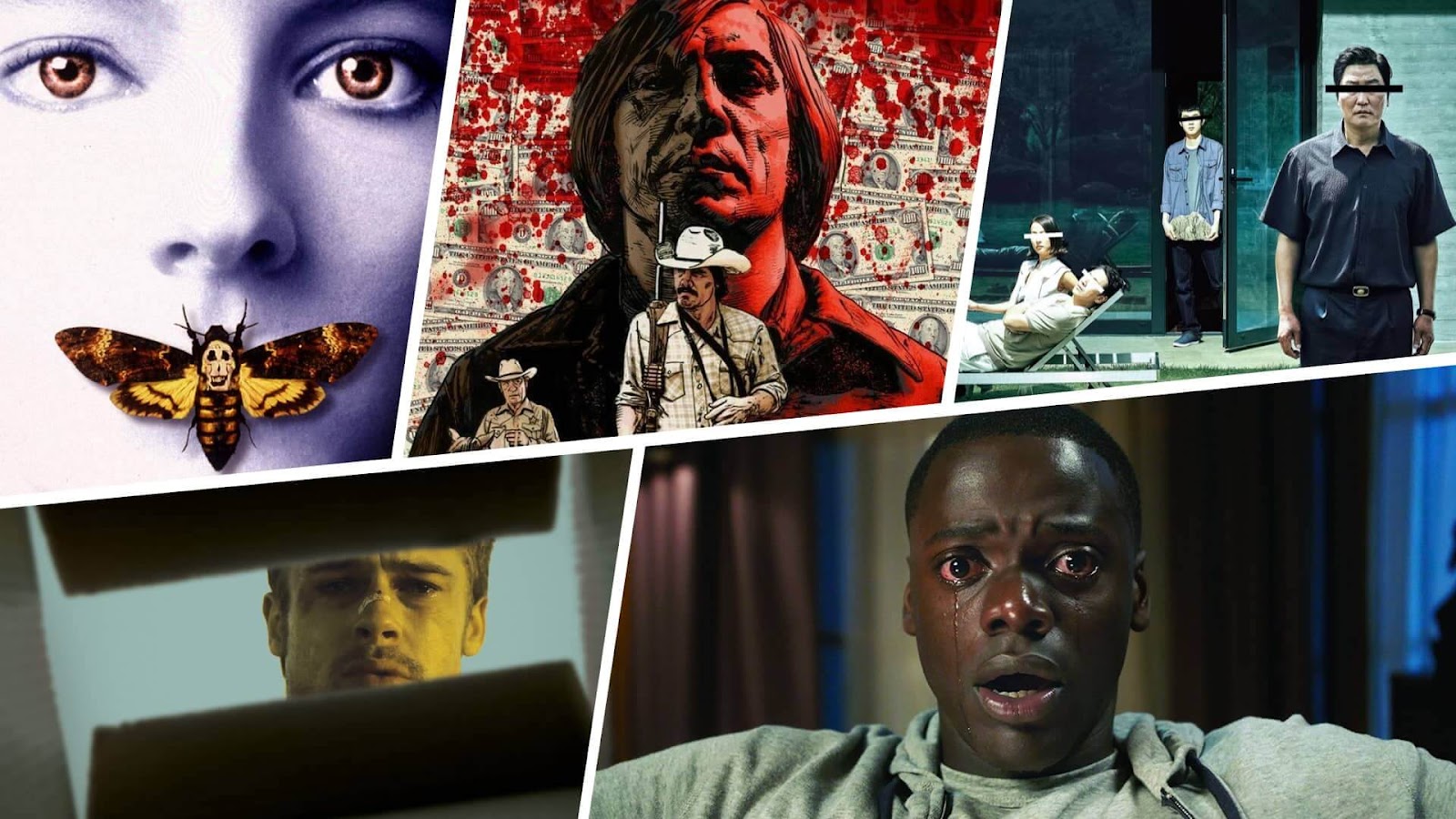Critical Creative Reflection
How does your product use or challenge conventions AND how does it represent social groups or issues? For my music video, my groupmates and I decided to challenge our genre's conventions. During the research process, I analyzed other rap songs' music videos, namely from the same artist (Tyler, Creator). Since Tyler, the Creator is such a renowned artist my original thought was that I might be able to model our music video after his general themes. That idea ended up being scrapped as Tyler has a unique way of filming music videos with jarring costumes and outlandish sets. In the end, that wouldn't be attainable for my group. We didn't have a budget to spend on costumes, sets, and activities. This is why we decided to simply stick to the foundation of our relationships. Friendship. Rather than trying to make a video about money, fame, or lavish lifestyles we ultimately decided to make a video about our bond as friends. A video where we laugh and eat and talk and just have fun in one another's presence. From the research material, I felt that the video would become something that we truly are not. I hope that our video conveyed that breath of fresh air. I think that the end result is truly something you wouldn't see in a music video of the genre and I think that's what makes it perfect in its very own way.
How does your product engage with audiences AND how would it be distributed as a real media text? For my music video, I decided to take a different approach to the production and overall message. As mentioned above the intent of the video greatly contrasted with that of music videos of the same genre. Common themes associated with (music videos of) my genre, rap, are themes surrounding intercourse, narcotics, and overall violence. Though this may not always be the intent there are certain attributes that cause people to turn their noses up in a "knee-jerk" repulsion. Going into this music video my group mates and I aimed to produce a music video with a simple theme that could be appreciated by all walks of life. No matter age, gender, race, nationality, sexuality, social class, or any of the devices that commonly divide us. We center our video on the universal theme of friendship and community. In doing this I hope that this song, which my friends and I love, can, through our music video, entertain and unify all those who are able to listen to it. In this way, I hope that our video can attract people as opposed to repel them. As far as releasing the music video I think the best place to release would be YouTube. This is because though it has the potential to succeed on more densely populated platforms such as TikTok or Instagram I feel that the full minute is important and honestly the video wouldn't be fully or most effectively represented while being chopped into clips. This comes especially considering that the value lies more in the visuals than the specific lyrics.
How did your production skills develop throughout this project? Going into the production process was very informative. Prior to this experience, I would have honestly believed that the process of making a music video was just about having a song and sitting down to film. This experience was quite a rude awakening. Coming out on the other side I think I have come to a conclusion on which steps make or break a project. There are two main steps to do prior to the filming of your video will definitely make a project of this nature 100 times easier. Firstly, research. I cannot stress how important research is. Research helps you identify genre conventions which essentially help you understand what factors generally make up projects similar to that which you are making. It is often hard to come up with ideas on your own, but I've grown to realize that research is pivotal to giving you parameters and ideas that align with them. Second, storyboarding. The next really important step in the production process is storyboarding. After you have come up with your general idea for the project the storyboard is the next step. The storyboard allows you to change general ideas to more specific scenes and actions. From my experience, the storyboard should be a strict guideline. Imagine you gave someone your storyboard, based on what they have they should be able to create almost exactly your idea for the project. I witnessed that doing this left no confusion as to what needed to be done. Though everything doesn't need to occur exactly like that you should always be able to refer back to the storyboard for the next step. With those two steps done filming should honestly be a breeze, there will be no surprises as all your scenes, sets, costumes, and themes have already had thought put into them.
How did you integrate technologies – software, hardware and online – in this project? Firstly, Filming. For filming I had to really make a choice between a conventional camera and my phone. Though I may have opted for a camera just for the principle of it, being that I was filming a music video. But, I decided to use my phone. This was because I didn't personally own a camera and though I could've borrowed one I would have had to learn how to use it and how to export the clips for editing. On top of that, I own an iPhone 13 Pro Max which comes with a cinematic mode. Which (according to Apple) means my iPhone camera can, "record videos with a shallow depth of field and add beautiful focus transitions for a cinema-grade look." That being said I ultimately decided that my phone would not only be the simpler choice but also a more convenient one. Next, the project was edited in its entirety thanks to CapCut. As I've mentioned in my blogs I have a deep infatuation with the functionality of CapCut. The entire editing process is simplified to interactive drag-and-drop options which make a day of work become an hour or two. Lastly, I documented my production process with Blogger. Blogger was honestly the most efficient tool as far as creating a blog for this project as it is highly functional and, perhaps even more importantly, runs exceptionally with Google. This meant I could easily share my projects that were published via YouTube and upload pictures via Google Photos.
https://docs.google.com/document/d/1afu31keh6xFus3z6e-ESkPe5fuG4b10IkwdGzoR_E3U/edit?usp=sharing



Comments
Post a Comment